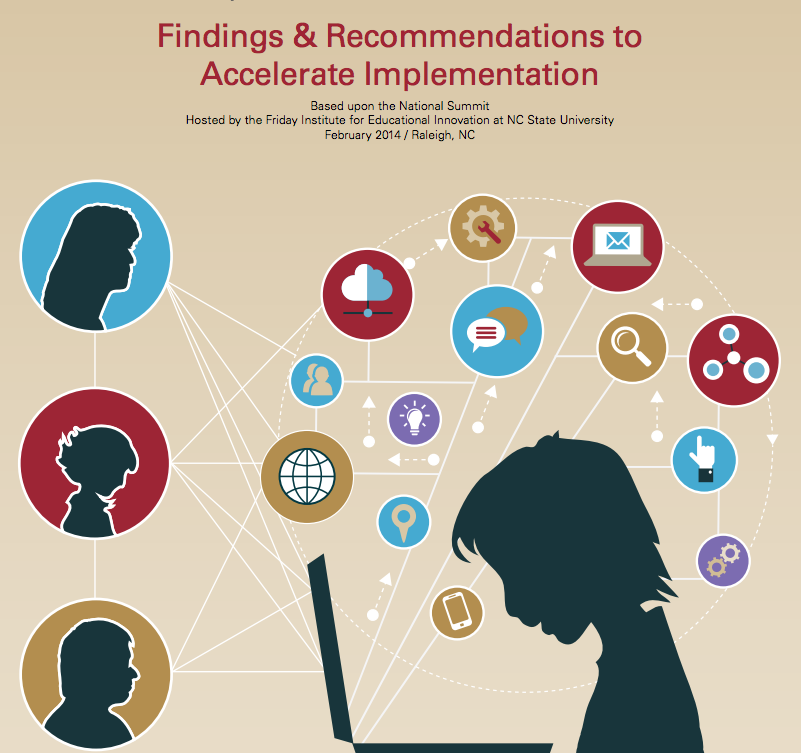
Technology-Enabled Personalized Learning: Findings and Recommendations to Accelerate Implementation
Last year, over 100 education leaders attended the Technology-Enabled Personalized Learning (TEPL) Summit hosted by the Friday Institute for Educational Innovation at NC State University in collaboration with Digital Promise, the Software & Information Industry Association (SIIA), and the Michigan Association of Intermediate School Administrators (MAISA). This convening was unique in that the leaders included similar representation from industry, associations and nonprofits, and university and K-12 educators. Together, they compared experiences, discussed common challenges and barriers, explored case studies, and identified potential solutions and models that all must be addressed collectively to scale the implementation of personalized learning through technology.
We are excited to announce that their suggestions are now available in a final report titled Technology-Enabled Personalized Learning: Findings and Recommendations to Accelerate Implementation.
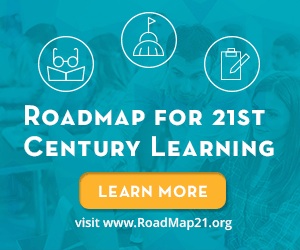
Roadmap to 21st Century Learning Environments
 Building Your Roadmap to 21st Century Learning Environments is an innovative resource for educators. This planning tool is designed to help school leaders get the most value out of investments in high-speed broadband and digital content by crafting a comprehensive strategy to create 21st century learning environments. This resource was developed by Cable Impacts, the cable industry’s foundation dedicated to corporate social responsibility, teamed with SETDA and the Partnership for 21st Century Learning.
Building Your Roadmap to 21st Century Learning Environments is an innovative resource for educators. This planning tool is designed to help school leaders get the most value out of investments in high-speed broadband and digital content by crafting a comprehensive strategy to create 21st century learning environments. This resource was developed by Cable Impacts, the cable industry’s foundation dedicated to corporate social responsibility, teamed with SETDA and the Partnership for 21st Century Learning.
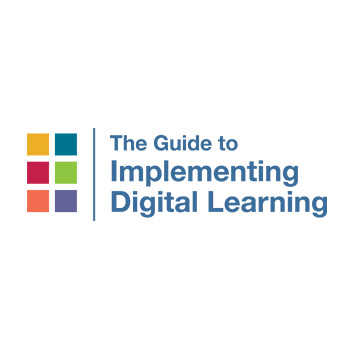
The Guide to Implementing Digital Learning
The Guide to Implementing Digital Learning (GIDL) is a free web-based resource to support school and district leaders as they work to ensure that investments in digital learning spark positive results. GIDL includes six topic areas: planning, professional learning, content and software, broadband, devices and tech support.
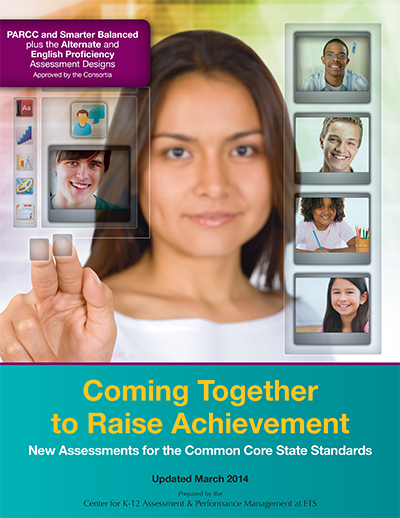
Coming Together to Raise Achievement: New Assessments for the Common Core State Standards (5th Edition)
This report contains consortia-approved summaries of their ongoing work as well as articles about technology readiness, near-term challenges and future opportunities to enhance the power of these systems to support student readiness for college and careers. SETDA’s Doug Levin and Geoff Fletcher co-author an chapter titled “Crossing the Chasm to Digital Teaching, Learning and Assessment” (page 57).
CCSS Assessments: Are you ready?
The Waterbed Effect in K-12 Education
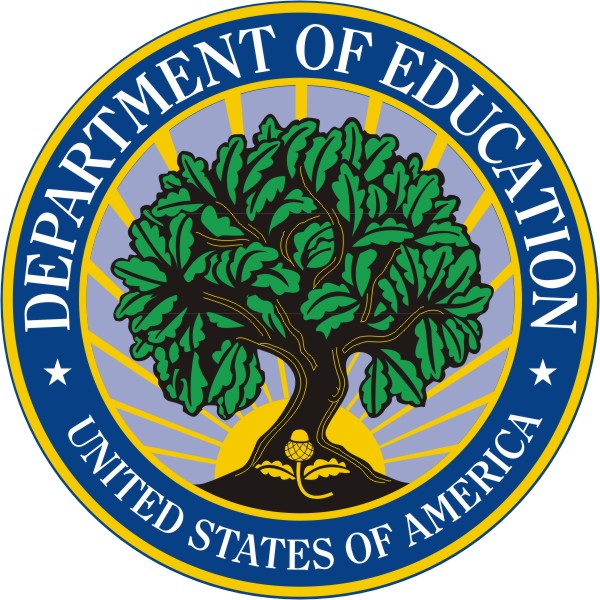
National Education Technology Plan 2020
The National Education Technology Plan is the flagship educational technology policy document for the United States. The Plan articulates a vision of equity, active use, and collaborative leadership to make everywhere, all-the-time learning possible. While acknowledging the continuing need to provide greater equity of access to technology itself, the plan goes further to call upon all involved in American education to ensure equity of access to transformational learning experiences enabled by technology. The principles and examples provided in this document align to the Activities to Support the Effective Use of Technology (Title IV A) of Every Student Succeeds Act as authorized by Congress in December 2015.
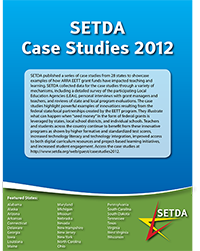
Case Studies 2012
SETDA published a series of case studies from 28 states to showcase examples of how ARRA EETT grant funds have impacted teaching and learning. SETDA collected data for the case studies through a variety of mechanisms, including a detailed survey of the participating Local Education Agencies (LEAs), personal interviews with grant managers and teachers, and reviews of state and local program evaluations. The case studies highlight powerful examples of innovations resulting from the federal state/local partnerships created by the EETT program. They illustrate what can happen when “seed money” in the form of federal grants is leveraged by states,local school districts, and individual schools. Teachers and students across the country continue to bene!t from these innovative programs as shown by higher formative and standardized test scores, increased technology literacy and technology integration, improved access to both digital curriculum resources and project-based learning initiatives,and increased student engagement.
